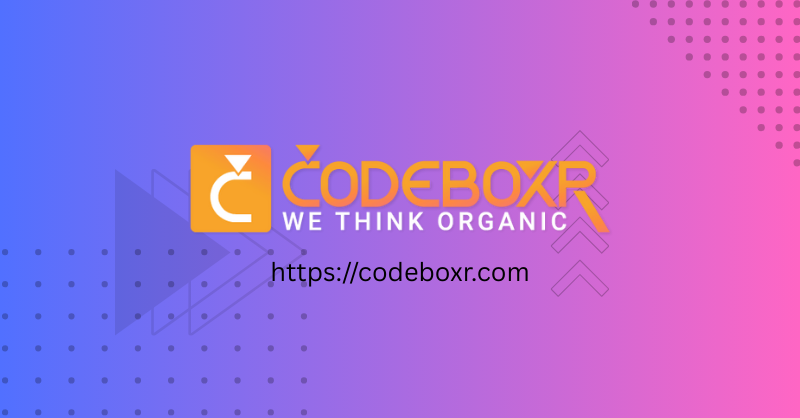What is a QR Code Generator and Why Do You Need One?
QR codes have become an essential tool for businesses, marketers, and individuals. A free QR code generator lets you create professional, scannable QR codes that can store many types of information — from simple URLs to detailed contact info.
Our tool offers advanced features usually found in paid tools, yet it’s completely free. Whether you need a WiFi QR code for guests or custom QR codes for campaigns, this generator covers it all.
Top Features of Our QR Code Generator
- 10 QR code types (URLs, WiFi, vCard, email, SMS, location, events, crypto, phone, text)
- Custom colors and error correction levels
- Save and organize locally (no cloud needed)
- Export in PNG or SVG formats
- No registration required
- Works on desktop and mobile devices
10 Types of QR Codes You Can Create
- Website URL – Direct users to websites instantly.
- WiFi Access – Connect guests to your network with one scan.
- Contact Card (vCard) – Share full contact details digitally.
- Email – Open email client with pre-filled details.
- SMS – Send pre-filled text messages.
- Location – Share GPS coordinates for navigation.
- Calendar Event – Add events directly to calendars.
- Cryptocurrency – Share wallet addresses for payments.
- Phone Number – Enable instant calling.
- Plain Text – Store any short text or note.
How to Use Our QR Code Generator
- Choose a QR code type from the dropdown menu.
- Fill in the required information (URL, text, WiFi credentials, etc.).
- Customize colors, size, and error correction level.
- Click “Generate” and test with your smartphone.
- Save to your library or download as PNG/SVG.
Why Choose Our Free QR Code Generator?
- Free forever — no hidden costs
- No watermarks or branding
- Advanced customization options
- Local storage (no server dependency)
- High-resolution output
- Cross-platform compatibility
- Fast and reliable
- Regular updates
Free vs Premium QR Code Generators
| Feature | Our Free Generator | Typical Free Generators | Premium Generators |
|---|---|---|---|
| QR Code Types | 10 types | 2–3 types | 8–12 types |
| Custom Colors | Yes | No | Yes |
| Storage | Local (IndexedDB) | None | Cloud |
| Watermarks | No | Often Yes | No |
| Download Formats | PNG & SVG | PNG only | Multiple |
| Usage Limits | Unlimited | 5–10 per day | Unlimited |
| Registration Required | No | Often Yes | Always Yes |
| Cost | Free | Free | $10–50/mo |
Business Use Cases for QR Codes
Restaurants & Hospitality
Use QR codes for contactless menus, WiFi access, and table ordering.
Retail & E-commerce
Link products to reviews, offers, and online stores.
Real Estate
Provide instant property info, virtual tours, and agent contacts.
Events
Simplify check-ins, schedules, and networking with event QR codes.
Healthcare
Share doctor contact info, clinic addresses, and telehealth links.
Frequently Asked Questions
Is your QR code generator really free?
Yes, it’s 100% free with no hidden costs.
Do QR codes expire?
No, they remain valid as long as the linked content is accessible.
Can I edit a QR code?
You can’t edit a generated code, but you can re-generate with new data.
What’s the difference between PNG and SVG?
PNG is good for web/social media, SVG is ideal for print (scalable).
How do I create a WiFi QR code?
Select WiFi type, enter SSID, password, and security type — then generate.
Conclusion
Our free QR code generator offers powerful features without the cost or hassle of premium tools. Whether for personal or business use, you can create unlimited, professional-quality QR codes instantly.
Self Promotion
Since 2011, Codeboxr has been transforming client visions into powerful, user-friendly web experiences. We specialize in building bespoke web applications that drive growth and engagement. Our deep expertise in modern technologies like Laravel and Flutter allows us to create robust, scalable solutions from the ground up. As WordPress veterans, we also excel at crafting high-performance websites and developing advanced custom plugins that extend functionality perfectly to your needs. Let’s build the advanced web solution your business demands.




